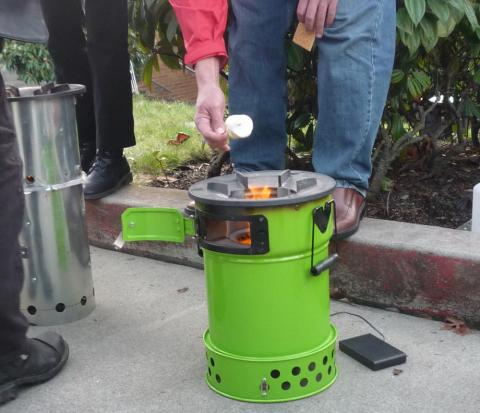What is soil? If I asked you this question, you may point to the dirt out in your garden. However, if you ask Dr. Solomon, he will answer you soil is a biomaterial that is an integrable part of the environment and can elaborate on it for hours. In the Becker-Rose Cafe on April 6, 2016. Dr. Solomon introduced to us many different interesting facts about soil and educated us on the relevance of soil to our lives. One of the most interesting fact was that there are many different colors to soil. In my head, I have always pictured soil to be dark brown. I never really pay close attention to the different color of soil. From Dr. Solomon, I learnt that soil exhibit a wide range of color, including gray, black, white, reds, yellows and even green. I did a little research on my own. Turns out, the amount of proteins present in the soil can influence soil color. Yellow or red soil indicates the presence of iron oxide; dark brown or black color indicates that the soil has a high organic matter content. In well drained and thus oxygen rich soils red and brown soil colors are more common, as opposed to in wet and low oxygen soils, soils usually appears grey. Another interesting thing that I have learnt was that global warming will get worse as modern world agricultural methods accelerate the rate of soil degradation, which depletes the amount of carbon the soil is able to store, and causes the soil to not be able to provide nutrients for plant growth.
Before the cafe, I have not thought about how much more there is about soil than just a matter that provide nutrients to plant growth. The fact that even just soil that we can see everywhere can be affected by global warming shows us that there are always more around us that we should learn about. Like Dr. Solomon’s research on soil, we use our knowledge, research and other methods to solve situations that we observes and we will be able to contribute to the process of improving our world, even if it is just by a little bit.

^Soil of different color!

